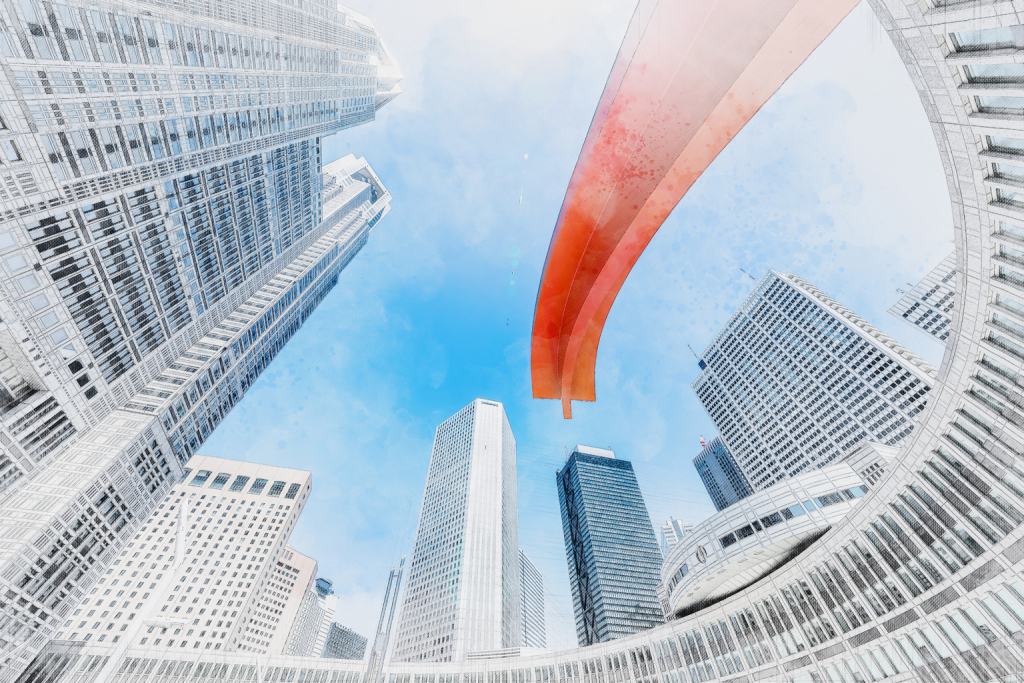Art often imitates life, so naturally, many books, films, manga and anime are set in real places all across Japan. Perhaps most iconic of all, Japan’s capital is popping up in countless manga and anime. These real-life locations in Tokyo have in turn become like anime pilgrimage sites for dedicated fans. We selected some of the most prominent ones that even a casual anime viewer will be excited to recognize.
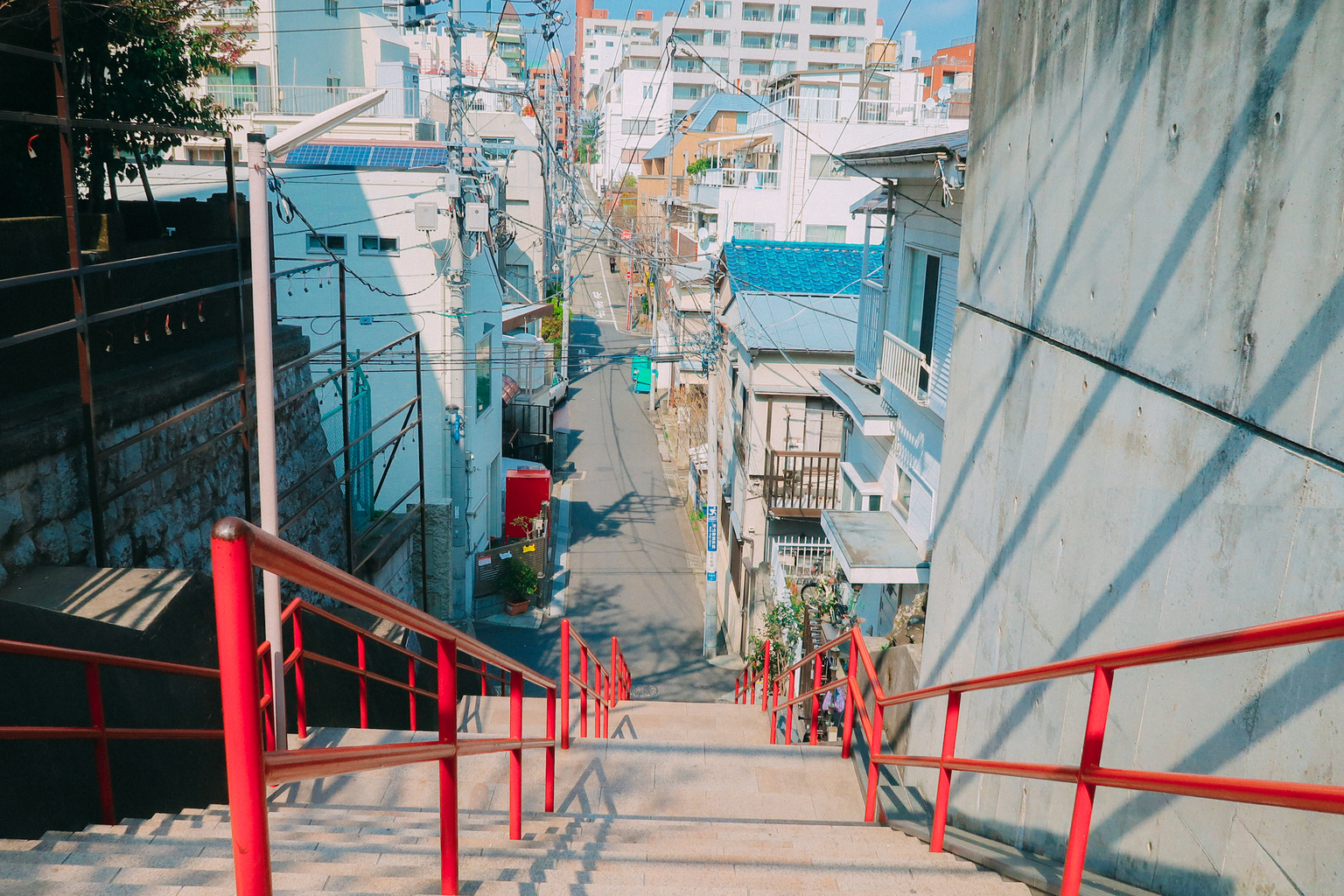
Editorial credit: Tantowi Gilang / Shutterstock.com
1. Your Name: Suga Shrine, Yotsuya
This seemingly random set of stairs, leading up to Tokyo’s Suga Shrine, has become one of the most sought-out tourism spots in Tokyo. This is thanks to it being the setting for the impactful final scene in Makoto Shinkai’s Your Name.
While the story takes us to many distinct locations across Japan’s capital, including Shinjuku’s Yunika Vision and The National Art Center in Roppongi, it’s this quiet set of stairs with their red railing that has become iconic in the eyes of fans.
The stairs are found in Yotsuya, but Shinkai certainly took some artistic liberties for his film. The view beyond Taki and Mitsuha is grander, with part of the Tokyo skyline in the distance. In real life, the background is less impactful, but the fact that this beautiful moment from Your Name can be recreated is certainly special.
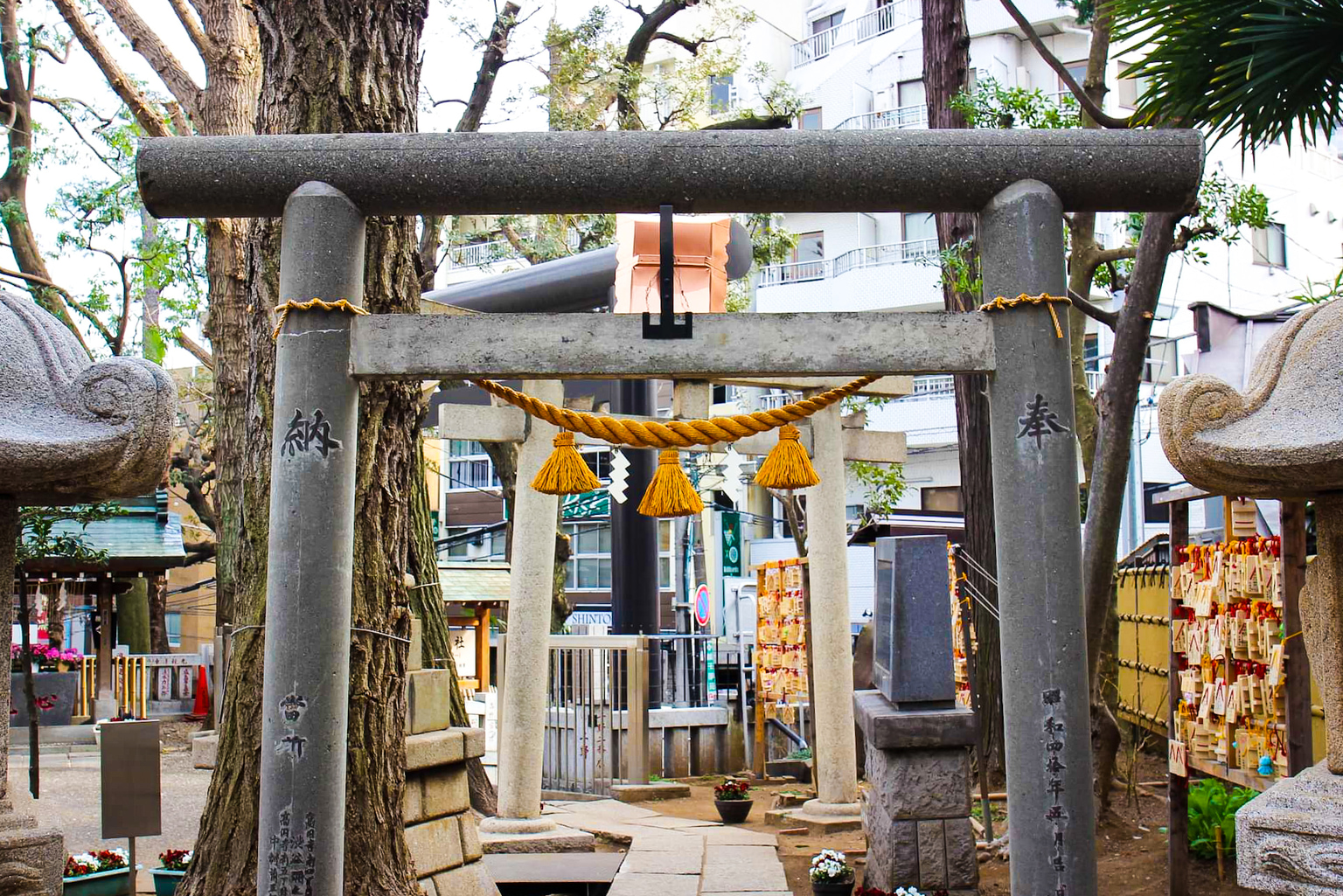
Kisho (Weather) Shrine
2. Weathering With You: Koenji Hikawa Shrine, Koenji
Shinkai’s follow-up to Your Name was Weathering With You; another gorgeously animated film packed with distinct Tokyo locations. But the location most thematically significant to the film has to be Koenji Hikawa Shrine.
The Kisho (Weather) Shrine is a rare Shinto shrine dedicated to the weather. It was originally built by the Army Weather Department in 1944, but is now located at Koenji Hikawa Shrine. Famous features include the small sandal-shaped wooden plaques for visitors to write wishes on known as Geta Ema.
In Weathering With You, we get a close-up shot of some of these Geta Ema. Visitors to the real shrine can recreate this scene by reading the plaques and even writing their own.
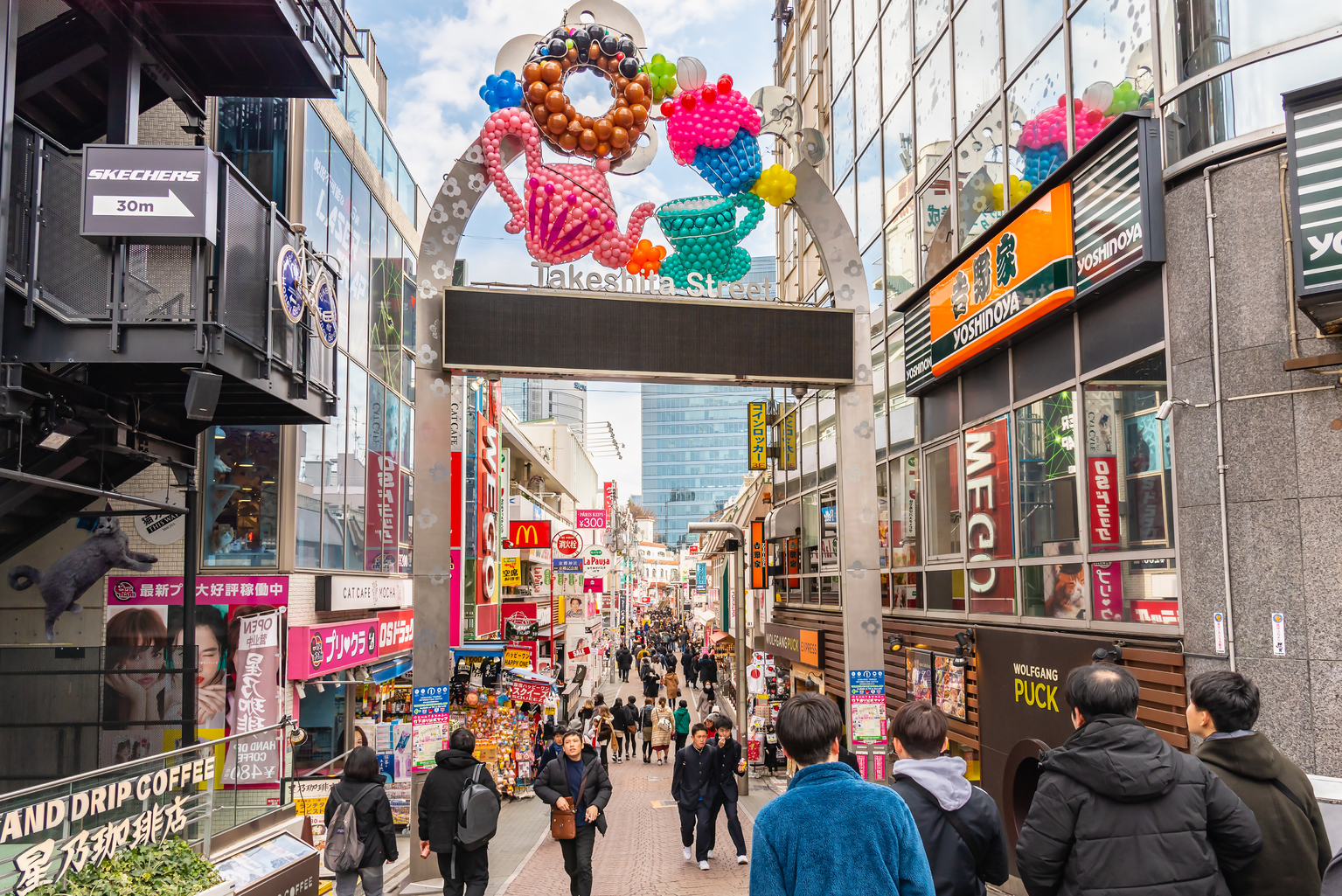
Takeshita Street. Editorial credit: Torjrtrx / Shutterstock.com
3. Jujutsu Kaisen: Harajuku
In an early chapter of Gege Akutami’s Jujutsu Kaisen, after protagonist Yuji is invited to join the Tokyo Prefectural Jujutsu High School, we meet another new student: Nobara Kugisaki. When they arrive in Tokyo’s iconic Harajuku neighborhood, Yuji and Nobara, who both hail from Japan’s countryside, promptly lose their minds with excitement.
This is a relatable feeling for anyone who has been to Harajuku. The sweet foods, the colors and the music spilling out into the streets make for a very unique Tokyo experience, especially for tourists. Seeing these two explode with excitement in the manga (and in the anime) certainly captures the energy many of us express when stepping out of Harajuku Station and onto Takeshita Street for the first time.
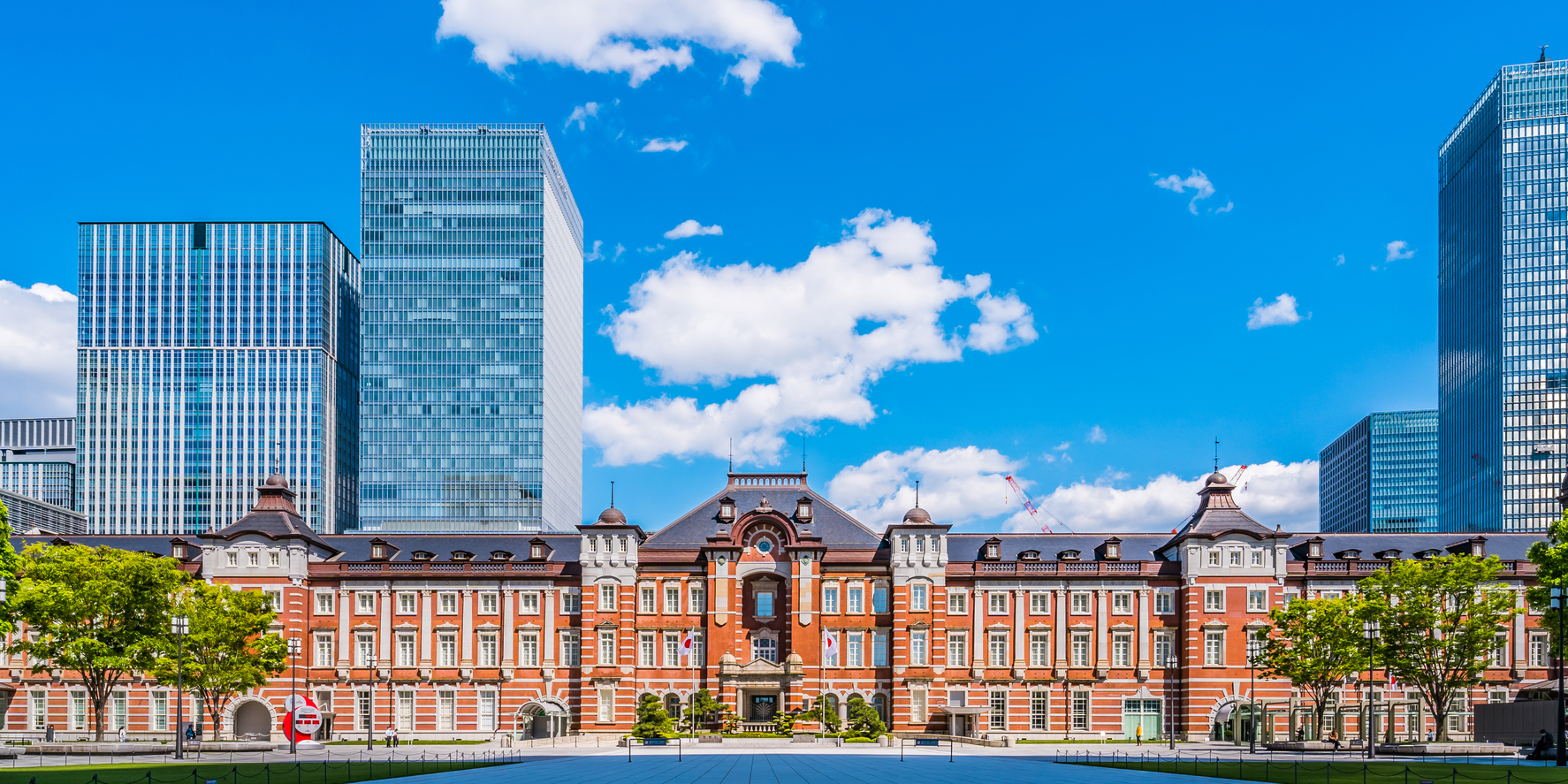
Tokyo Station
4. Haikyu!!: Tokyo Station
Haruichi Furudate’s Haikyu!! manga is set in Miyagi Prefecture, but the Karasuno team also travels to Tokyo for tournaments. And, when they do we get shots of the iconic Tokyo Station building. The station is a central travel hub so it has also made small cameos in other anime, such as the aforementioned Your Name.
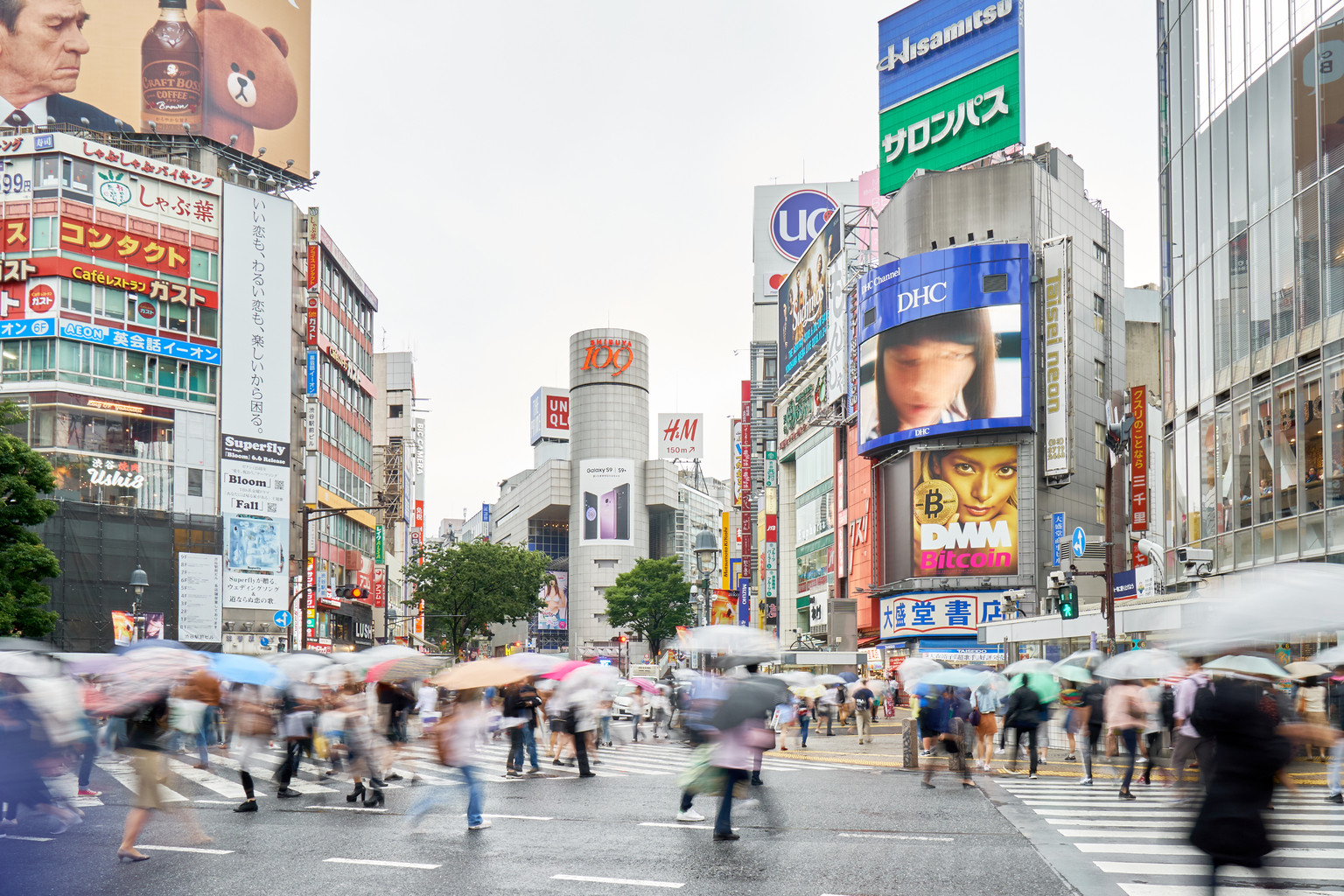
Shibuya Crossing. Editorial credit: supawat bursuk / Shutterstock.com
5. Tokyo Revengers: Shibuya
Given its title, it’s no surprise that Ken Wakui’s Tokyo Revengers manga and the subsequent anime feature many Tokyo locations. Most of them can be found in Shibuya. In fact, Shibuya often feels like a character in its own right.
It’s the territory that the Tokyo Manji Gang (abbreviated as Toman) controls. We often see scenes at Shibuya Station and the gang also cherishes a photo taken in the middle of the Shibuya Scramble Crossing with the 109 building in the background.
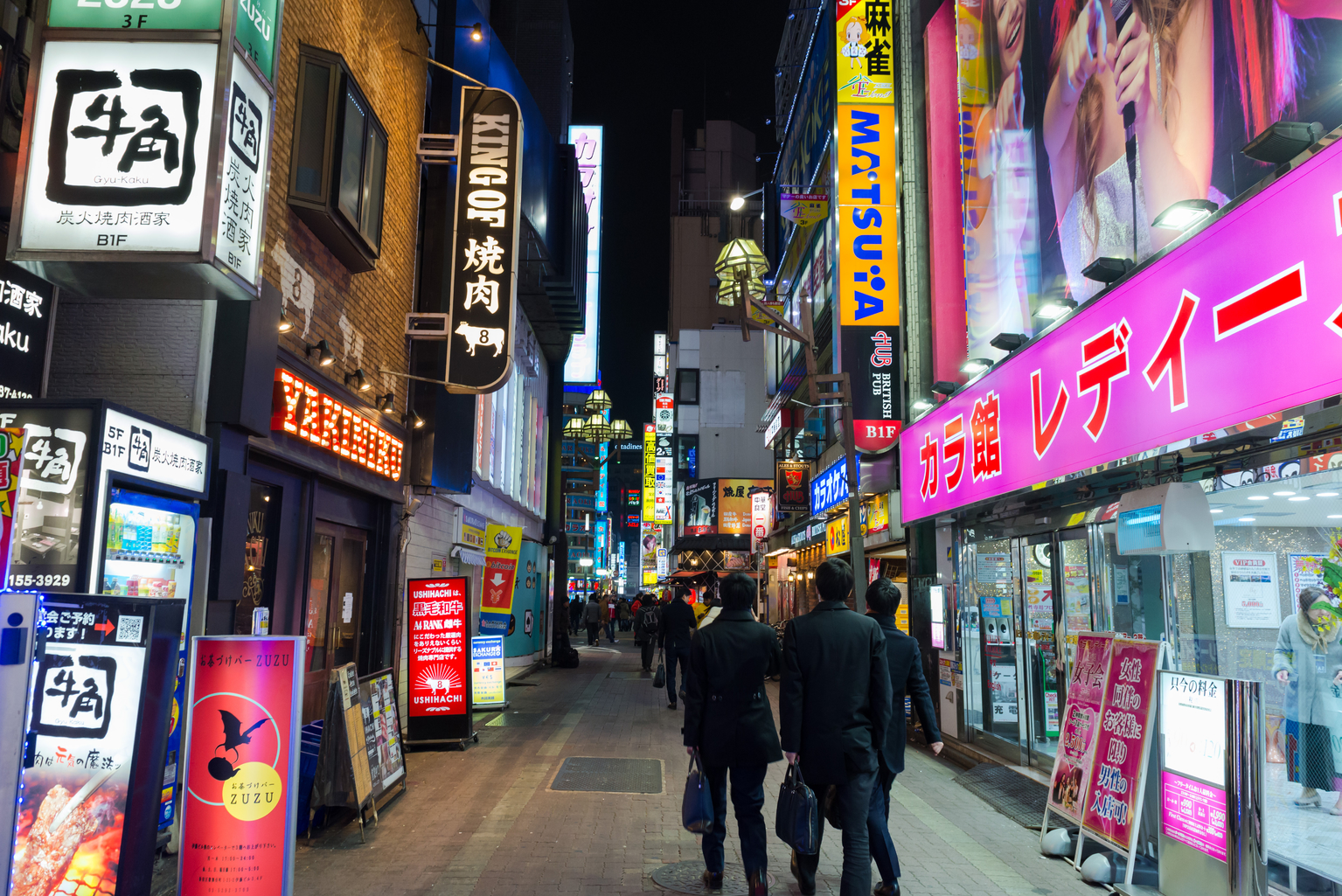
Shinjuku. Editorial credit: PhakornS / Shutterstock.com
6. Tokyo Ghoul: Shinjuku
As with many other Tokyo-based manga and anime, prominent Tokyo locales feature in Tokyo Ghoul such as the Shibuya Scramble Crossing and Tokyo Skytree. What it does best, though, is recreating the feel and aesthetics of Shinjuku’s alleys and yokocho nightlife. In the manga, Shinjuku is simply known as the 4th Ward and Sui Ishida does a wonderful job of rendering the narrowness and claustrophobia, as well as the visual chaos of these neon-lit streets.
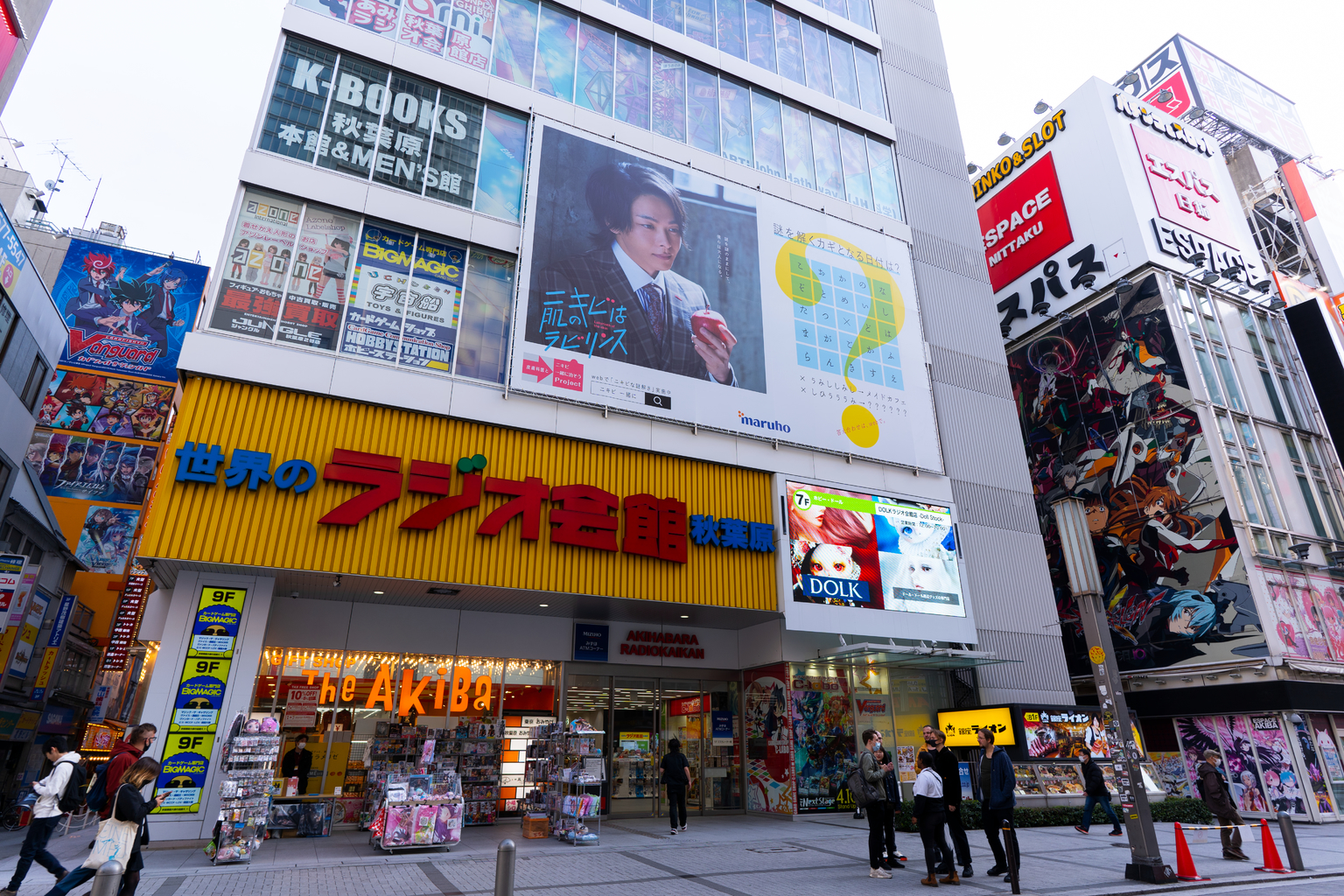
Radio Kaikan. Editorial credit: InfantryDavid / Shutterstock.com
7. Steins;Gate: Radio Kaikan, Akihabara
Akihabara is a must-visit for any Japanese pop culture fan just for the sheer number of anime and manga shops. But for Steins;Gate fans it has an extra layer of meaning. Many Akihabara locations, big and small, appear in the anime — such as Akihabara Station and the luxurious Tokyo Times Tower apartment building — but Radio Kaikan is easily the most recognizable and iconic. In the anime, the time machine crashes into the top of the building. In real life, the building looks almost identical, especially the bold red and yellow sign above the front door.
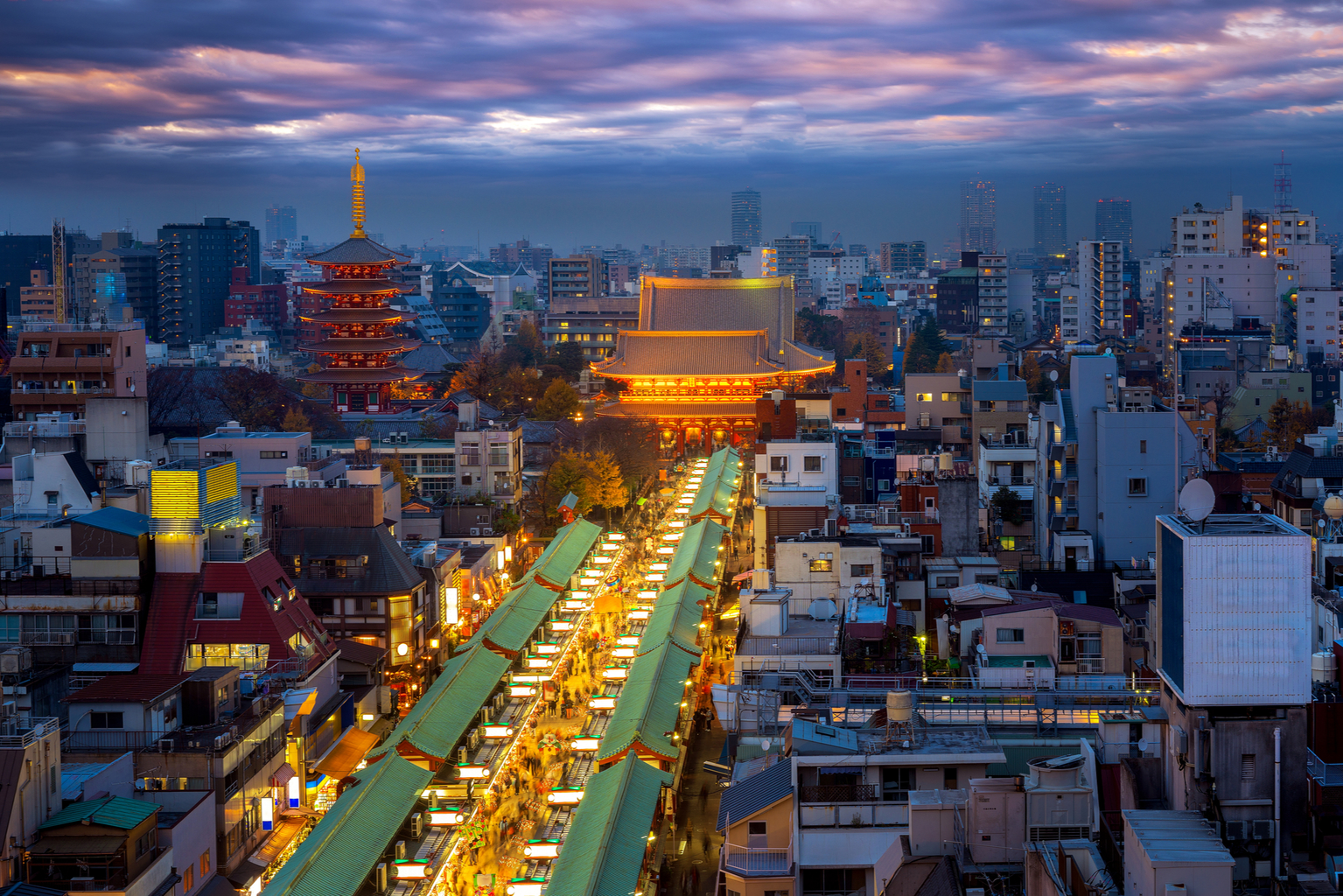
Asakusa
8. Demon Slayer: Asakusa
Demon Slayer has become one of the most famous anime in the world. And while its story begins in the mountains of Taisho-era Japan, we are soon transported to Tokyo’s Asakusa district. This is where Tanjiro first comes face-to-face with Muzan, the main antagonist of the series.
Seeing 1920s Asakusa brought to life in such a lavishly animated show is a real treat for the eyes. Visiting Asakusa in real life today demonstrates how much has changed and how much has stayed the same.
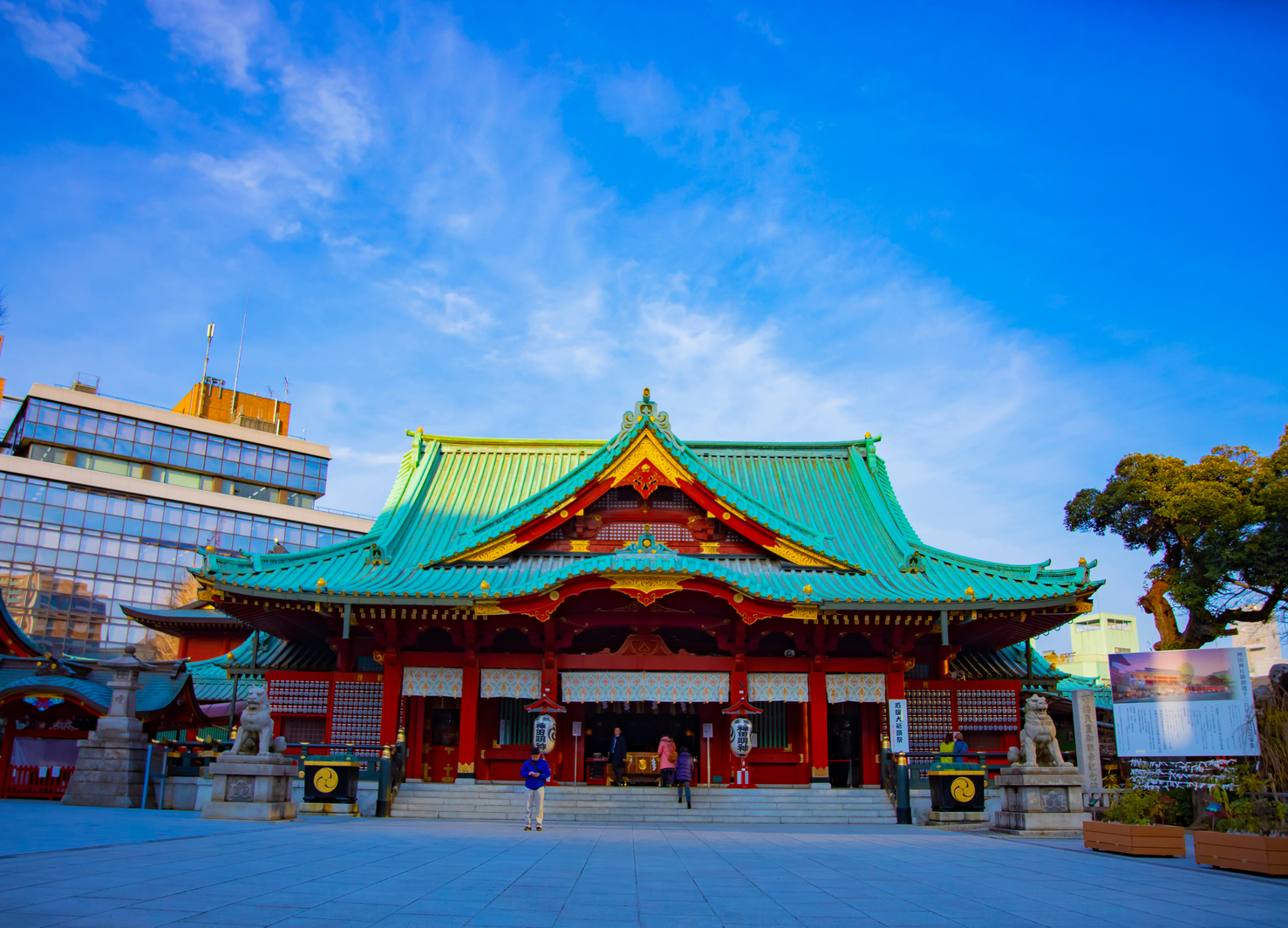
Kanda Myojin Shrine. Editorial credit: Tokyo Visionary Room / Shutterstock.com
9. Love Live: Kanda Myojin Shrine, Chiyoda
Found in Chiyoda Ward and accessible on foot from Akihabara Station, Kanda Myojin Shrine has become something of a pilgrimage site for fans of Love Live. The shrine features prominently in the anime and the shrine’s real-life counterpart proudly sells merchandize to visiting fans of the show.
Kanda Myojin Shrine houses two of the gods of fortune, so it’s also a spot for aspiring entrepreneurs to come and pray for financial success.
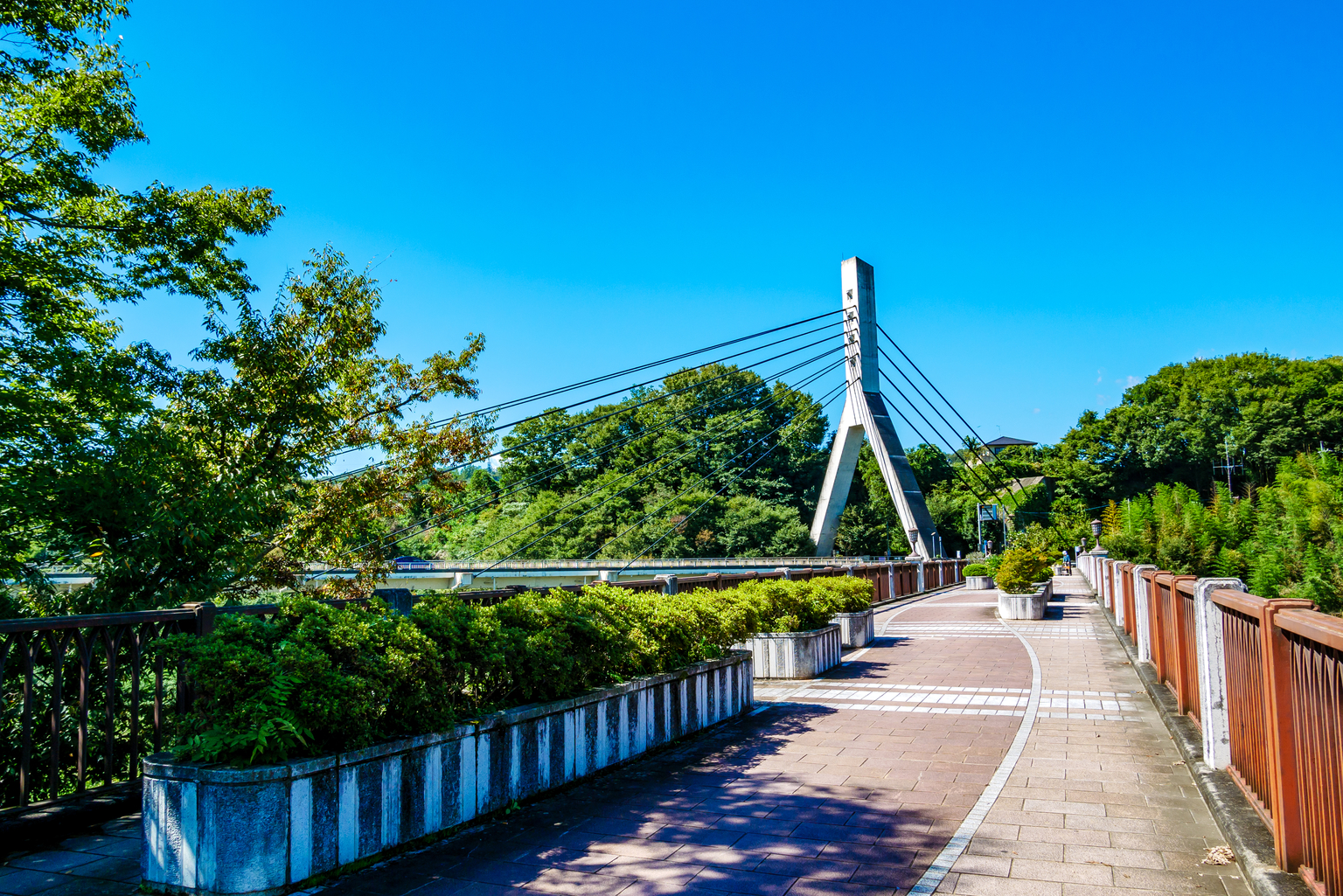
Old Chichibu Bridge
10. Anohana: Chichibu City, Saitama
Technically not Tokyo, but still Greater Tokyo, the beloved cult favorite anime Anohana: The Flower We Saw That Day is set in Chichibu City, Saitama, a quiet area on the northwestern edge of Tokyo. Across 11 episodes, we become intimately familiar with the city and its landmarks.
The most prominent of these landmarks is Old Chichibu Bridge, a pedestrian bridge that crosses the Arakawa River. The bridge appeared in posters and trailers, as well as the anime’s opening credits.

